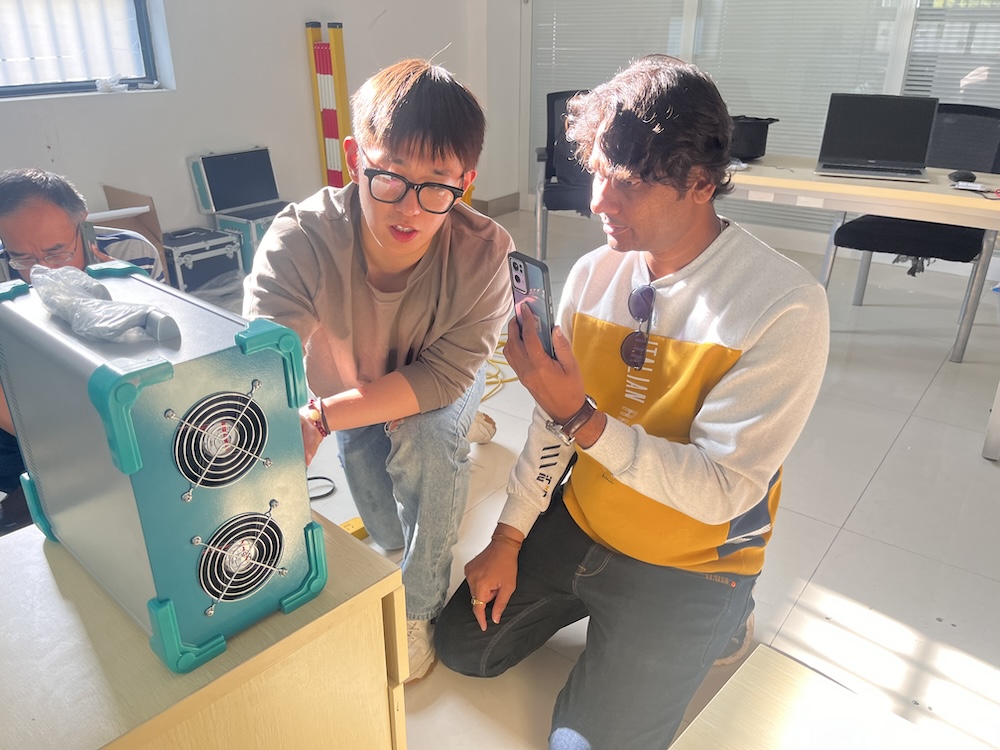On-Site CT/PT Testing Procedures and Precautions
In the routine maintenance and inspection of power systems, testing current transformers (CT) and potential transformers (PT) is essential for ensuring the safe and stable operation of electrical equipment. Below is a detailed guide on the testing process and precautions to help on-site engineers conduct their work efficiently.
1. Preparatory Work Before Testing
Equipment Inspection and Preparation
Before starting the tests, ensure that the testing equipment is in good condition and has been calibrated regularly to guarantee accurate results. Pay close attention to CT/PT testing instruments—any damage to probes, connectors, or cables can significantly affect the outcome.
Safety Measures
Personal protection is crucial during testing. Wearing insulated gloves, safety shoes, and protective goggles helps prevent electric shock and other potential accidents. Additionally, the testing area should be clearly marked with warning signs to keep others away from high-voltage areas.
2. CT and PT Testing Connections and Configuration
CT Testing Connections
Primary Side Connection: Connect the primary side of the CT in series with the high-voltage circuit, making sure to follow polarity markings for correct wiring.
Secondary Side Connection: Connect to measuring instruments or relay protection devices, ensuring one direct grounding point on the secondary side to prevent high voltage intrusion in case of insulation breakdown.
PT Testing Connections
Primary Side Connection: Connect the primary side of the PT in parallel to the high-voltage circuit, ensuring secure and stable wiring connections.
Secondary Side Connection: Connect the secondary side to the load or measuring equipment, also grounding one point to prevent high voltage intrusion during insulation failure.
3. Testing Procedures
CT Testing
Resistance Measurement: Start with zeroing the resistance to ensure the accuracy of the results.
Excitation Characteristics Test: Set the appropriate test current and gradually increase it to plot the excitation curve, checking the core’s performance.
Ratio and Polarity Testing: Verify the CT’s ratio and polarity to ensure they meet design specifications, which is vital for accurate measurement and protection.
PT Testing
Winding Resistance Measurement: Measure the resistance between the primary and secondary windings to detect potential conductivity issues.
Ratio Verification: Ensure the PT ratio is within the acceptable error range.
Polarity Check: Confirm that the PT polarity is correct to prevent connection and operational errors.
4. Data Recording and Review
Record all relevant data during each test, including current, voltage, and impedance. Compare the actual results with standard values, and if discrepancies are found, recheck and verify the measurements.
5. Post-Test Wrap-Up
After completing the tests, carefully review all connections and disconnect equipment safely. Ensure that all instruments are turned off and restored to a secure state, protecting both the devices and operators from potential risks.
6. Precautions and Common Issues
Never Open the CT Secondary Circuit: An open circuit may cause dangerously high voltages, posing serious risks to both equipment and personnel.
Avoid PT Secondary Short Circuits: A short circuit can lead to overheating and potential damage.
Regular Instrument Calibration: In challenging environments or with frequent use, calibrate the testing equipment regularly to maintain accuracy.
Environmental Control: Keep the testing area dry and clean to prevent dust and moisture from affecting the test results.
7. Practical Tips
Review the Manual: Each testing device has unique features, so familiarizing yourself with the manual beforehand helps avoid operational errors.
Avoid Testing Fatigue: Continuous operation can lead to fatigue, impairing judgment. Schedule work to ensure attention and accuracy.
This detailed guide aims to support electrical engineers in performing on-site CT/PT testing confidently and safely. Proper preparation, meticulous procedures, and thorough post-test reviews contribute to successful tests and reliable data for the power system.





